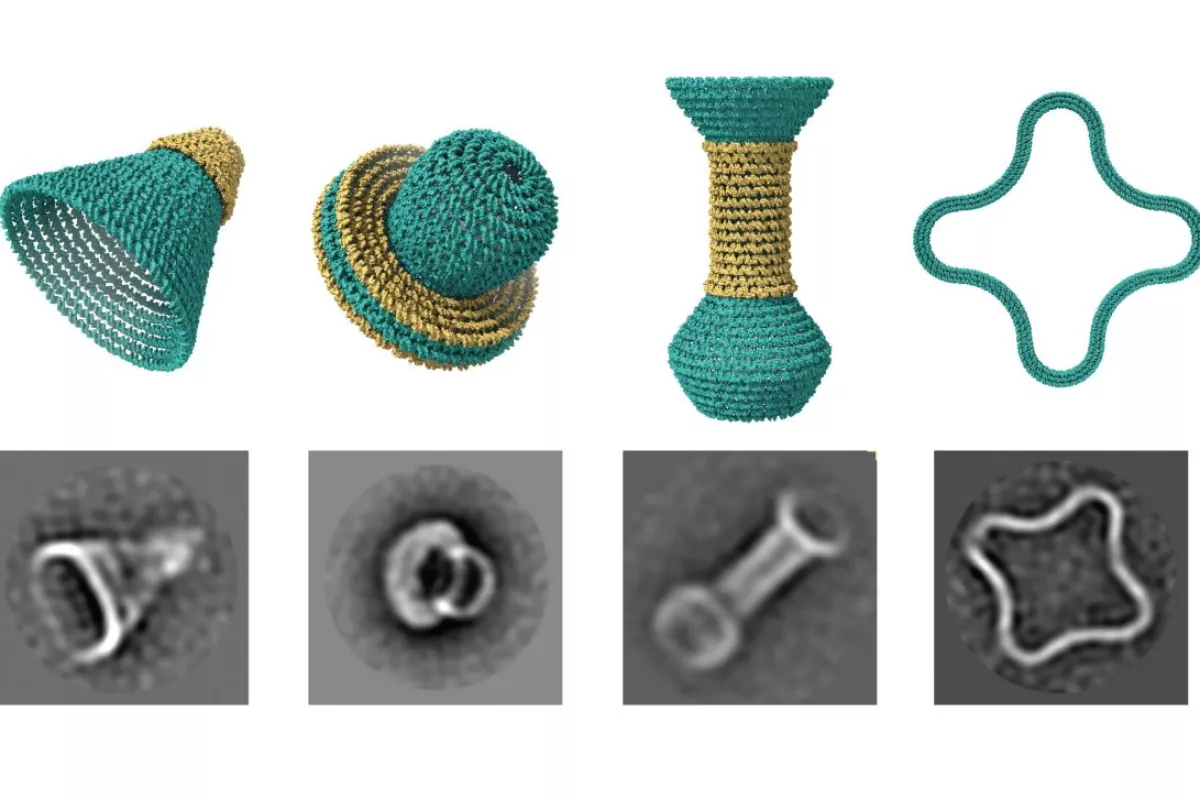Researchers have developed a new open-source program that can convert drawings or digital models into nanoscale sculptures made of DNA. In tests, the system nailed rounded objects like vases and bowls.
DNA is an incredibly versatile molecule. Not only can it encode the data to make a blueprint of any living creature, from bacteria to humans to whales, but it can fold and scrunch and bend tightly to fit into cells. That flexibility could also make DNA a useful nanoscale construction material, and in recent decades scientists have experimented with that idea by building drug delivery particles, virus traps, electric nanomotors and even a tiny Van Gogh replica.
In a new study, researchers at Duke University and Arizona State University developed software called DNAxiS, which allows users to create complex objects out of DNA. The two main components that the system works with are long strands of DNA, which can be coiled in concentric circles to make rounded surfaces, and shorter DNA sequences that provide stability by “stapling” the longer ones in place.
Users can enter drawings or 3D models into DNAxiS, and the software will use specially designed algorithms to determine the best way to represent them in the medium of DNA, using that mix of long and short strands. With the recipe in hand, the specific DNA strands can be synthesized, mixed, heated and cooled. This causes them to self-assemble into the desired shape in as little as 12 hours, the team says.
In tests, the researchers showed that DNAxiS could be used to create a range of rounded shapes, such as vases, pots, bowls, spheres, mushrooms, cones, gourds and even clover leaves. In the long run, this technique could be used to make a range of nanoscale vessels, such as those to deliver drugs, or molds for nanoparticles with specific shapes.
The research was published in the journal Science Advances.
Source: Duke University




